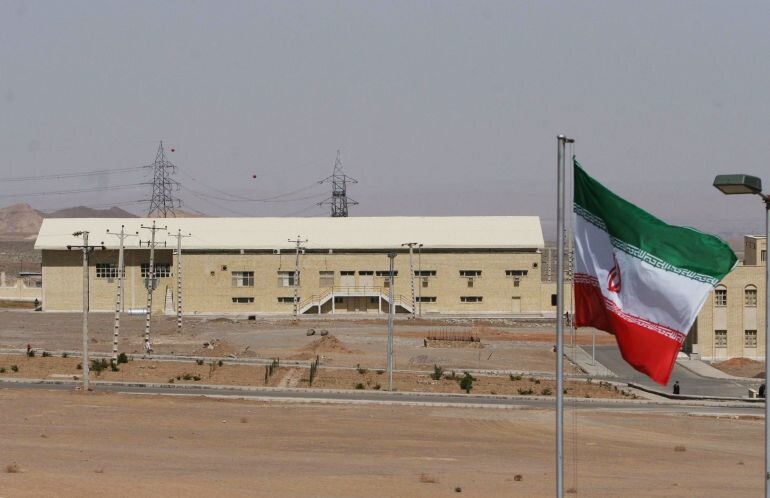في أعقاب الهجمات التي استهدفت مواقع عسكرية ومنشآت حيوية في إيران، بما في ذلك مفاعل نطنز النووي، والتي نُسبت إلى إسرائيل، يعود هذا المفاعل ليثير التساؤلات حول أهميته وطبيعته. بعد الضربة الأولى التي تبعتها ضربة ثانية، تضاربت الأنباء حول حجم الأضرار، حيث تحدثت إسرائيل عن أضرار كبيرة، بينما قللت إيران من شأنها. لاحقًا، أعلنت هيئة الطاقة الذرية الإيرانية عن تسجيل تلوث إشعاعي داخل المنشأة.
ما هو مفاعل نطنز؟
مفاعل نطنز النووي هو المنشأة الرئيسية لتخصيب اليورانيوم في إيران، ويقع في محافظة أصفهان، على بعد حوالي 220 كيلومترًا جنوب شرق طهران. بدأ بناؤه سرًا وكُشف عنه في عام 2002. صُمم المفاعل لاستيعاب عشرات الآلاف من أجهزة الطرد المركزي.
تاريخ من الهجمات:
تعرض المفاعل لسلسلة من الهجمات منذ عام 2010، نُسبت إلى إسرائيل، بما في ذلك هجوم إلكتروني وتفجيرات وتخريب في أنظمة الكهرباء. وفي يونيو الماضي، أكدت إيران أن نطنز كان ضمن الأهداف التي استُهدفت في هجوم جوي إسرائيلي.
تحصينات المنشأة:
تبلغ مساحة المنشأة حوالي 2.7 كيلومتر مربع، وبُنيت على عمق 8 أمتار تحت الأرض، ويحيط بها جدار خرساني بسماكة 2.5 متر، وتحميها منظومة دفاع جوي وأسلاك شائكة وقوات من الحرس الثوري الإيراني.
مكونات المفاعل:
تضم المنشأة مرافق عدة، منها منشأتان للتخصيب: منشأة التخصيب بالوقود النووي الضخمة الواقعة تحت الأرض، وأخرى تجريبية فوق الأرض للتخصيب بالوقود.
أهمية نطنز:
تُعد محطة نطنز أكبر منشأة لتخصيب اليورانيوم في إيران، وصُممت لاستيعاب 50 ألف جهاز طرد مركزي. وتعمل فيها مجموعات متعددة من أجهزة الطرد المركزي، تُعرف بـ "سلاسل التخصيب"، التي تعمل معًا لتسريع عملية تخصيب اليورانيوم.












